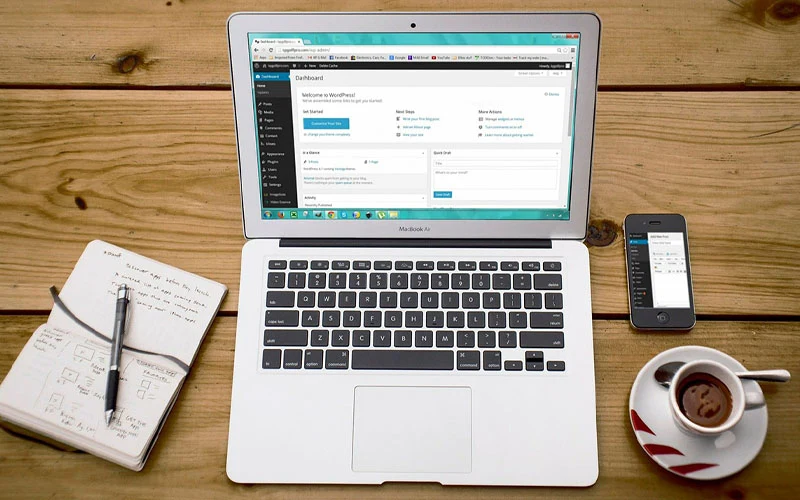
Did you ever want to create a website for your personal business, for your family, for your friends, for your organization, or simply for other personal needs? You know you have to start from scratch and that thought alone can be so daunting.
Creating your own website from scratch takes a lot of time and effort even if you know something about HTML, PHP, and CSS. The creation time can be much longer if you don’t know a thing about these web design languages because of the learning curve involved.
On the other hand, setting up a simple website for your personal business or other needs can mean spending hundreds and even thousands of dollars if you choose to hire a professional web designer.
Well, the good news in today’s high internet technology is that you could be a having a beautifully designed website within just 15 minutes or less?
Steps for Building a Website from Scratch
- Set Your Goal
- Choose Template and Builders
- Choose the Right Web Hosting Provider
- Select a Domain Name
- Build Your Website’s Layout and Design
- Building Your Website’s Layout with a WordPress Template
- Add Content to Your New Website
- Tips for Promoting Your Newly-Built Website
- Maintenance and Updates
- Wrapping it Up
Let’s elaborate on the above steps one by one.
1. Set Your Goal
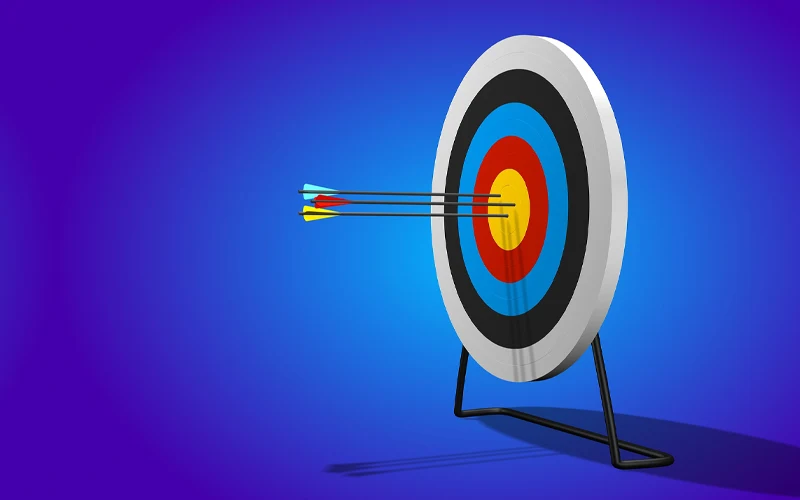
When it comes to creating a website, one of the most important things to consider is your goal. What are you hoping to achieve with your website?
Whether you’re looking to build a business, promote your brand, or share your personal story, setting a clear goal will help you stay focused and ensure that your website is meeting your needs.
Think about what you want your website to do for you and make a list of specific goals. Are you looking to sell products or services online? Provide information about your business or products? Share photos and stories from your personal life?
Once you know what you want your website to achieve, you can start designing it accordingly.
2. Choose Template and Builders
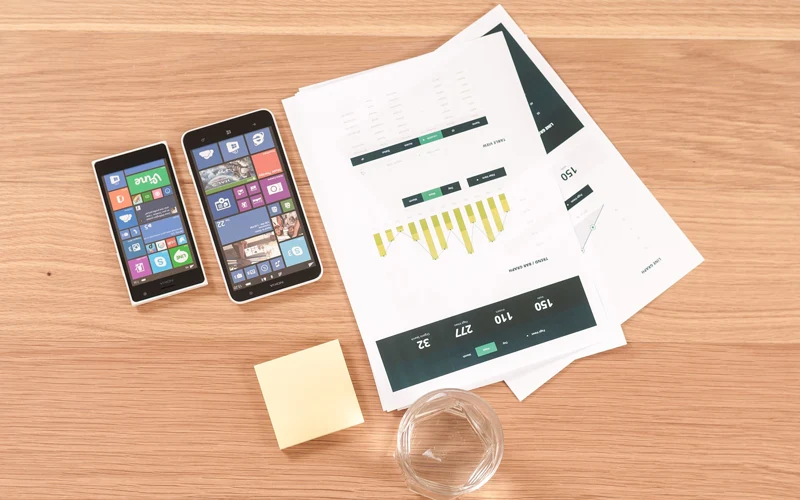
Why build a website from scratch when there are so many templates, builders, and even turnkey websites available online?
The main advantage of using templates and website builders is that you will save time and be able to build your website in no time. Of course, this isn’t possible for everybody.
If you want to build a website with specific purposes or functions, it might make sense to build the site from scratch. This means that you have the pride of being the designer of your own website and you’re able to build a site that truly reflects your personal or business’s brand.
With that being said, choosing the right template can be difficult for people who don’t know what they’re doing.
It can also be time-consuming because there are often so many templates to choose from. You want something that will work well for your business, on the other hand, you don’t want to break the bank.
It’s also worth mentioning that many templates are built with outdated content management systems (CMS). If your site is hacked, it could mean having to build an entirely new website from scratch or paying for expensive repair costs.
With website builders like Squarespace, Wix and Weebly, you build the site yourself.
All of this is done by following a step-by-step process. You don’t need to know how to code or build your own website from scratch.
However, if you want complete control over all of your content and functions you might consider building your site from scratch.
3. Choose the Right Web Hosting Provider
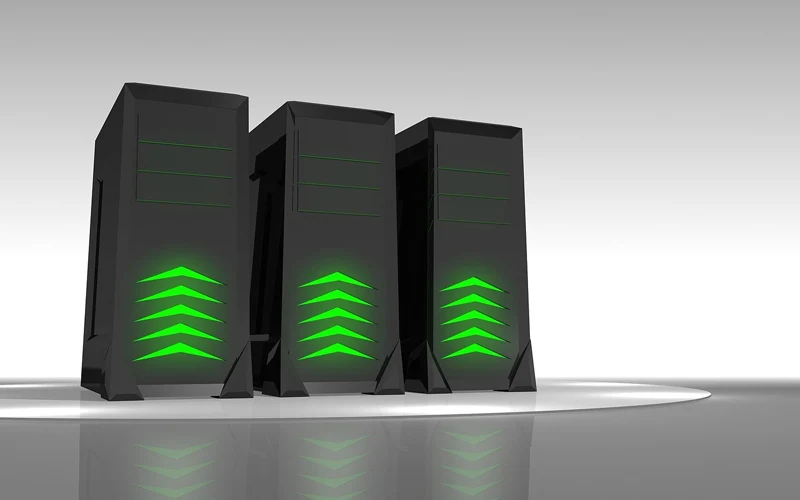
When it comes to building a website, one of the most important decisions you’ll make is choosing a web hosting provider. Not all providers are created equal, so it’s important to do your research and find one that fits your needs.
Some things to consider when choosing a web hosting provider include:
- the type of hosting plan you need
- the amount of storage and bandwidth you’ll require
- the features offered by the provider
- the price
Once you’ve narrowed down your options, take some time to compare the different providers and read reviews from other customers. This will help you make an informed decision and find the best provider for your needs.
4. Select a Domain Name
When creating a website, you’ll need to select a domain name. This is the web address that users will type into their browsers to access your site. It’s important to choose a domain name that accurately represents your business or personal brand.

There are several factors to consider when selecting a domain name:
Length: Make sure your domain name is short and easy to remember.
Availability: Make sure the domain name you want is available. You can check availability at several websites, including Namecheap and GoDaddy.
Domain Extensions: Choose a domain extension that best represents your website. The most common extensions are .com, .net, and .org. You can also choose a country-specific extension like .ca or .co.uk.
It’s also possible to choose an internationalized domain name (IDN) that allows you to build the same site in different languages, including Arabic, Cyrillic, and Chinese scripts.
Extensions That May Be Restricted: Some extensions (.tv, for example) may be restricted to certain types of sites. Make sure you’re eligible to purchase the domain name before making your purchase.
Your Business Name: This is one of the most important factors when choosing a domain name. If your business name is already taken or isn’t available as a .com, it may be possible to register other extensions that are more specific, like your business name in a foreign language or a misspelling of your business name.
Initialisms: Including an abbreviation, initialism, or acronym in your domain name can be a great way to build brand recognition for your site.
For example, if you operate a bakery called “The Sweet Tooth,” you might consider registering the domain name “thesweettooth.com” instead of just “thesweettooth.com“.
Memorable: Make sure your website is easy for people to remember and type into their browsers. This can build traffic and establish brand loyalty between you and your customers.
5. Build Your Website’s Layout and Design
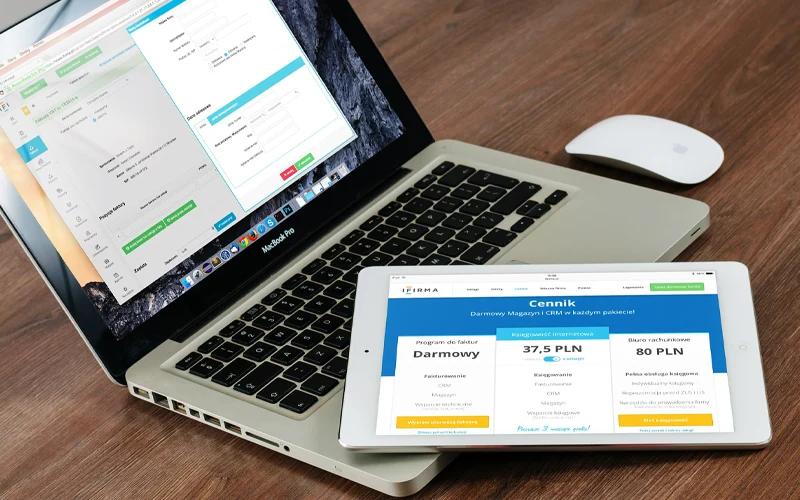
One of the most important (and fun) steps to building your website is designing its layout and overall design. When you build a website from scratch, it’s up to you to decide how it will look and function.
When designing your website’s layout, many businesses build their websites to match their brick-and-mortar locations. This is a great way to build customer loyalty and make your customers feel more comfortable while browsing online.
This can be done for free using a WordPress template, but if you want something original that won’t get lost among the competition, it’s best to hire a graphic designer.
You can build your website from scratch with either of these options, but if you’re on a budget, opt for the free option.
6. Building Your Website’s Layout with a WordPress Template
WordPress is one of the most popular content management systems (CMS). It’s easy to build a website using WordPress, and it also allows for intricate and custom layouts and designs.
For businesses that want to build their site with an exact replica of their brick-and-mortar location, WordPress is the way to go.
You can build your website from scratch on WordPress for free by using a template, but if you want something truly original, it’s best to hire a designer.
Because you build it yourself, this means that it’s ideal if you have special needs or functions for your site. You also have the advantage of being able to build the site yourself, which will save you both time and money.
Using WordPress is Awesome
WordPress is user-friendly, flexible, free to build your own website with, and has so many themes available that it can be difficult to choose the ones you want for your site.
The only drawback is that because WordPress is open-source software, there are security risks involved with using it on certain hosting sites. Sites hosted with certain providers might not offer the latest security updates or patches to safeguard against hackers.
7. Add Content to Your New Website

Adding content to your website is one of the most important steps in building it. You’ll need to add text, images, and multimedia files to make it look and feel complete. In this article, we’ll show you how to add different types of content to your website and how to format it for the best results.
Adding Text
Text is a key part of any website, and it’s important to format it correctly for the best results. You’ll need to use proper HTML tags to control the layout and appearance of your text.
Make sure to use headings, paragraphs, and lists to organize your text and make it easy to read.
Adding Images
Images are a great way to add visual appeal to your website and build trust with your visitors. You’ll need to create a consistent look for your images to keep your site’s design elements in line.
It’s important to choose good-quality photos, as they can help build credibility and lead visitors to take action.
Adding Multimedia Files
Multimedia files such as video and audio clips are great for grabbing and keeping the attention of your visitors.
You’ll need to choose which files suit your site’s purpose best, upload them using an FTP client or web interface, and embed them in your website so they play directly on the page.
Finalizing Content
You can add content to your website until it’s ready for publishing, but there are a few final steps to take before you’re ready to go live.
Once your website is complete, it’s important to edit and proofread all of the text on your pages one last time.
It’s also a good idea to choose an image for your site’s favicon, or a small icon that appears by default in your visitors’ bookmarks.
8. Tips for Promoting Your Newly-Built Website
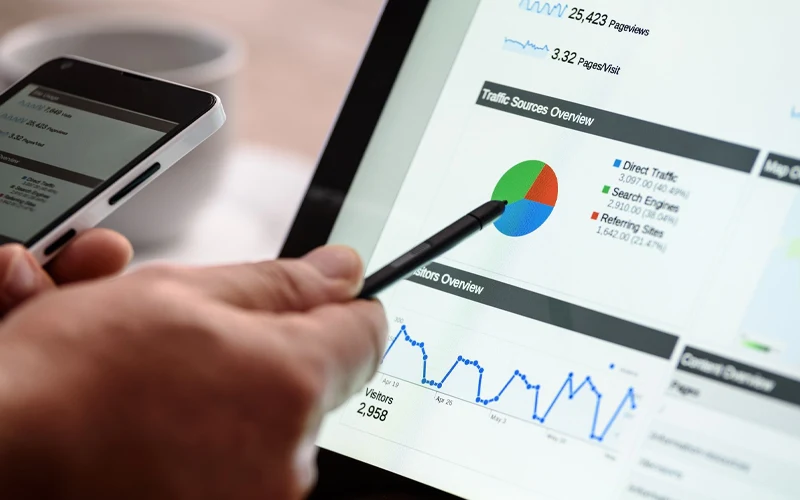
Once your website is up and running, it’s important to start promoting it. Here are a few tips for getting started:
- Start by creating a social media profile for your website and linking to it from your other profiles.
- Add a link to your website in your email signature and on your business cards.
- Get involved in online communities related to your niche and mention your website when appropriate.
- Write blog posts and articles about your website and include a link to it in the author bio.
- Run online advertising campaigns targeting people who are likely to be interested in what you have to offer.
- Join online forums that are specific to your industry.
- Give out free content, such as eBooks, to build relationships with people who will eventually become customers.
9. Maintenance and Updates
Once your website is up and running, you’ll need to maintain it on a regular basis. This includes updating your content, fixing broken links, and troubleshooting any technical issues.

You may also want to update your design from time to time to keep things looking fresh.
If you’re not comfortable doing these things yourself, you can always hire a web developer or designer to help you out. Just be sure to budget for regular maintenance and updates, as these can be time-consuming and costly.
10. Wrapping it Up
With the right tools and guidance, building a website from scratch can be an easy process. In this article, you learned how to build your own site by choosing a web hosting provider, selecting a domain name, designing its layout and content, and promoting it after launching.
You should also consider maintenance when planning for ongoing updates on your website so that you don’t miss out on any technical difficulties or design changes over time. With these tips in mind, build yourself something beautiful!

